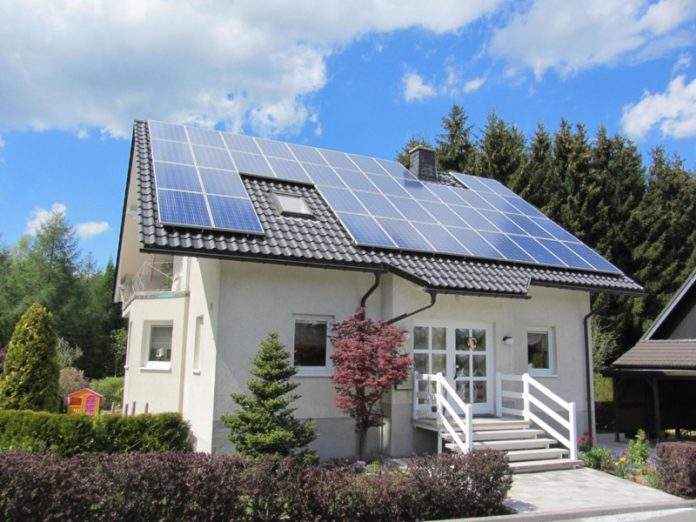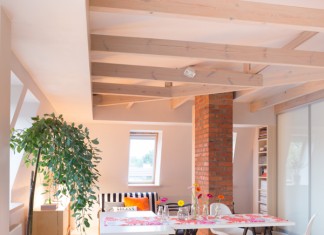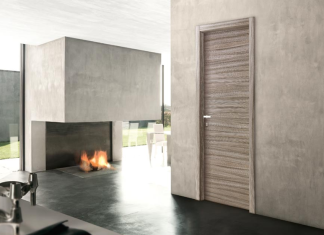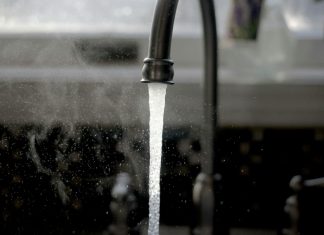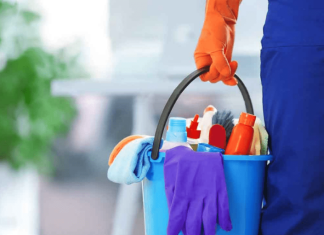Are you ready to get off the grid? Now, you can — and you don’t need to live in the woods or make considerable changes to your lifestyle.
Thanks to solar power and HVAC advances over the last few years, it’s now possible to heat and cool your home entirely through your solar panels. You can get rid of the gas company for heating and cooking. And, you won’t sacrifice your comfort or switch to an electric-heat stove that doesn’t cook as well as gas.
With a bit of planning and investment in new appliances and equipment, just about anyone can take this huge step toward sustainability, energy independence, and creating a net-zero home.
In this article, we’ll walk you through the basic steps you’ll need to take to achieve a truly sustainable and energy-efficient home. You’ll need some help from local professionals in your area, but consider this your road map.
Here’s the process, in four easy steps:
Tracking And Adjusting Your Energy Usage
The first thing you’ll want to do is begin tracking your energy usage and looking for ways to reduce it later. But, believe it or not, you probably won’t have to make many lifestyle changes to cut down on your energy usage.
You’ll likely be surprised by how much electricity you currently use — and how much you can cut down without adjusting your habits or behavior!
For instance, are you familiar with phantom power? It’s the energy your appliances draw even when you’re not using them. And, with more electronics in households today, phantom power is a significant part of your electric bill.
Or, maybe you leave certain lights on after bedtime for pets or if you have young kids that may get up at night. Switching to a different lamp or light switch that uses less energy also impacts your usage.
The best way to find it all is to install a sensor that tracks your electricity usage. One of the best out there is the Sensi. It hooks up directly to your electric breaker box, tracks how much every electronic device or appliance in your home uses, and sends the information to an app you can check on any time!
Solar Panels: Clean Renewable Energy At Home
You may want to use more electricity than normal before getting your panels. Many municipalities only regulate the number of solar panels you can get based on your prior energy usage.
The more you use regularly, the more solar panels you can get. If that’s the case, use more power the year before you get your panels. Then, use that electricity tracker to cut your usage significantly once you go solar!
Another advantage of solar is that it’s much “cleaner” than what you get through your utility company.
“Dirty” energy is when you get sudden surges of power. They happen from time to time with regular electrical service, and they can damage electronics.
But, solar power from your private panels always comes through clean.
Heat Pumps: Electric, Energy-Efficient Heating And Cooling
Now that you have solar power, it’s time to get rid of that old gas furnace and central air! Replace it with a heat pump system, like the Daikin Fit, that uses electric heat and cool your home.
Heat pumps use far less power than any conventional HVAC setup. That’s because they never burn fossil fuels to generate heat.
Instead, it uses a unique process to draw in what little heat is outside in the winter, amplify it, and then use it to heat your home.
All it needs is a little bit of power to run its process. It’s a fraction of what you’d need for baseboard heat or an electric furnace. And, it’s much less than the comparable amount of oil or gas you’d need.
The same goes for the summer: Heat pumps don’t need nearly as much power to remove heat from your home as central air or especially portable ACs.
And, today’s best heat pumps work even in sub-zero temperatures. These advances make them a crucial part of going green. You can go completely electric, or use a system such as the Daukin VRV Life in residential homes to keep a gas furnace as a backup heat source.
Either way, you’ll rely on your renewable, clean solar power, and not fossil fuels or a utility company, to heat and cool your home.
Induction Ovens: Electric Stoves That Work Like Gas
We’ll be honest: Electric stoves kind of stink. They don’t heat up as fast as gas, and they don’t cook as evenly. That can make cooking the last challenge for someone trying to go green. And, finally, there’s a great solution.
Induction ovens use electricity, but they heat like gas! They don’t use thermal induction to heat the oven or the coils on the range. Instead, they use magnetic induction to instantly transfer heat to your pots, pans, baking trays, and other cooking vessels.
The result? Fast heating, great cooking, and better energy efficiency than gas stoves or even standard electric models!
Getting off the grid isn’t always easy. But, it’s more doable today than ever before. If you follow these steps, do your research, and put in the time, your home can be efficient, green, and energy independent without you sacrificing your comfort or changing your lifestyle.
